
Match the orbital overlap figures shown in List-I with the description gives in List-II and select the correct answer using the code given below the lists:
List-I List-II P.

Q.

R.

S.

A.
B.
C.
D.
| List-I | List-II |
P. 
| |
Q. 
| |
R.
| |
S.
|
Answer
467.7k+ views
Hint: We must need to know that an orbital overlap is the concentration of orbitals on adjacent atoms in the same regions of space and the atoms combine by colliding with each other, and create chemical bonds. Overlapping of orbitals occurs in two ways, they are sigma
Complete step by step answer:
We have to remember that when the orbital overlap between the nuclei of two atoms, and also known as the internuclear axis, is known as sigma
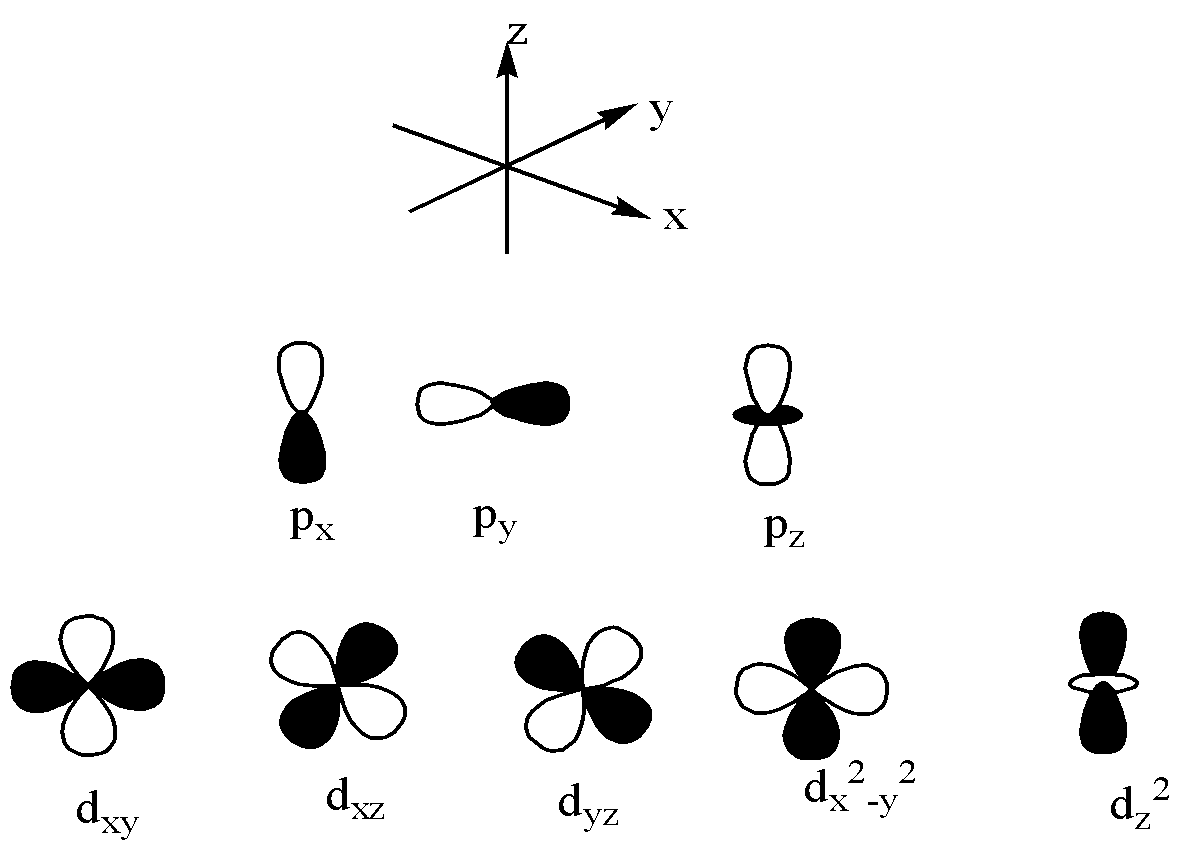
From the above information and the orbitals diagram, let us see the correct options one by one,
P.
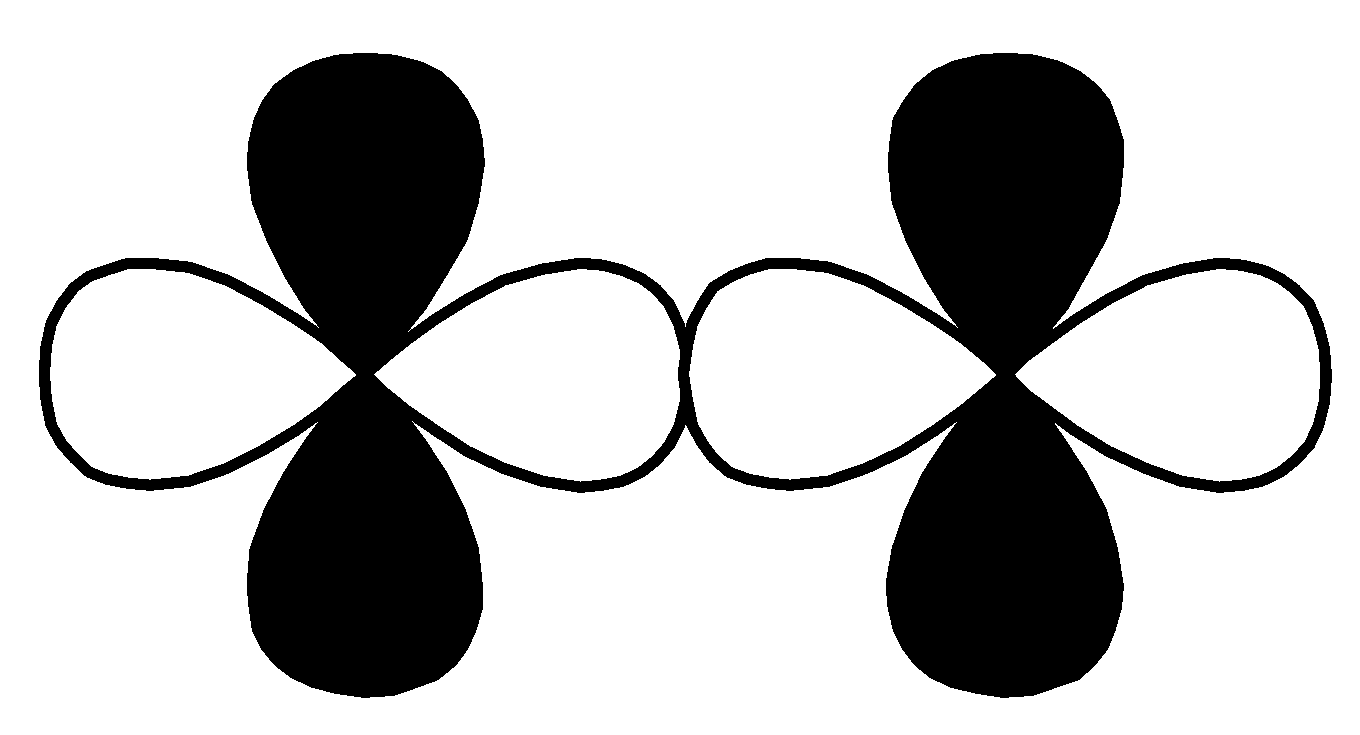 ,
,
This overlap is head-to-head overlapping, so this is a sigma bond.
So, option
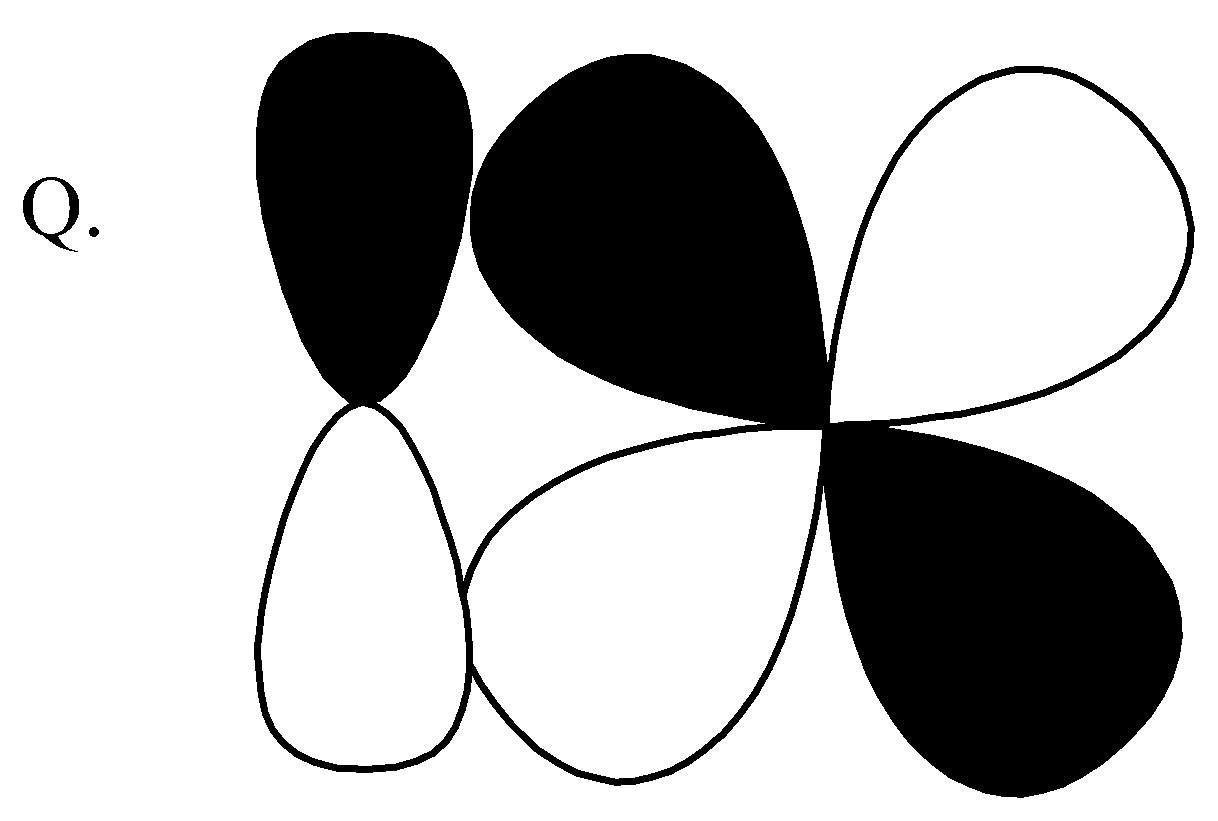 ,
,
This pi bond and this is formed by sideways overlap of atomic orbitals, the formed pi bond axes are parallel to each other and the overlapping is perpendicular to the internuclear axis. So, this is
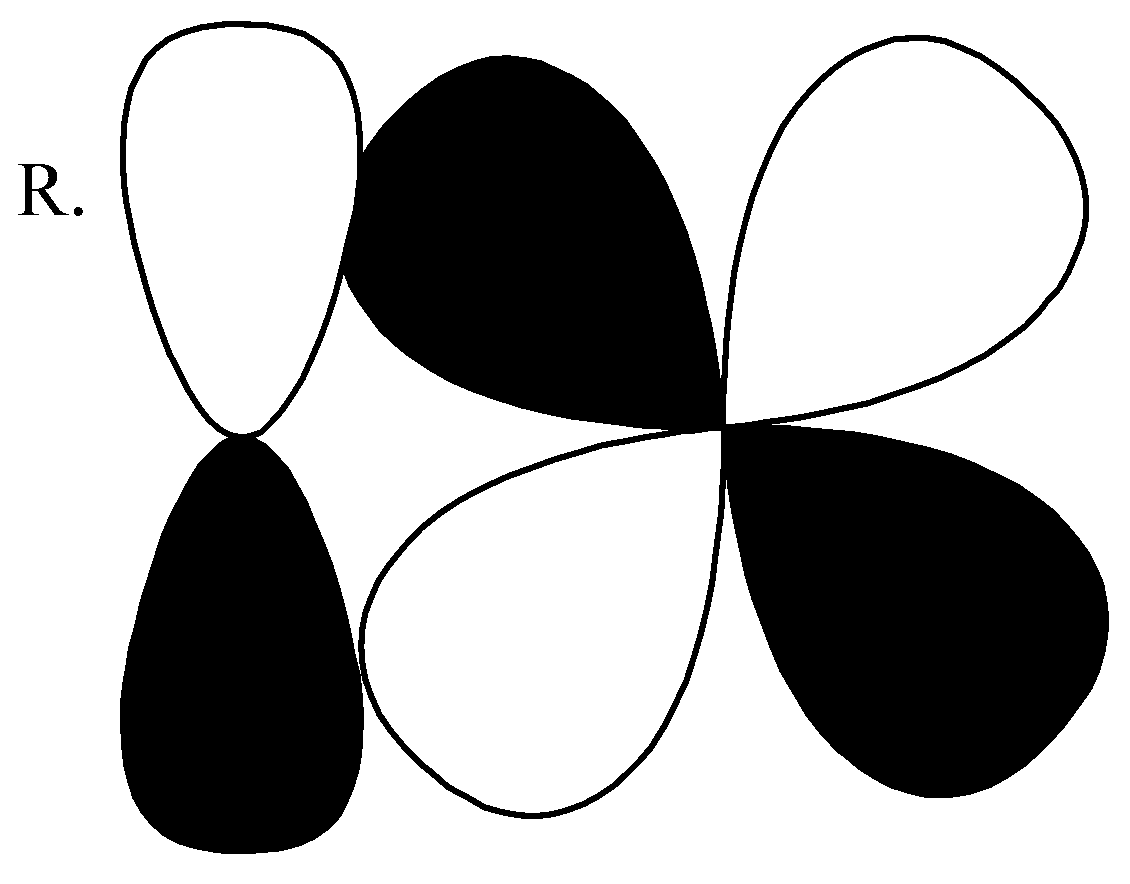 ,
,
This contains p, d orbitals and this is antibonding orbitals. So, the correct option for
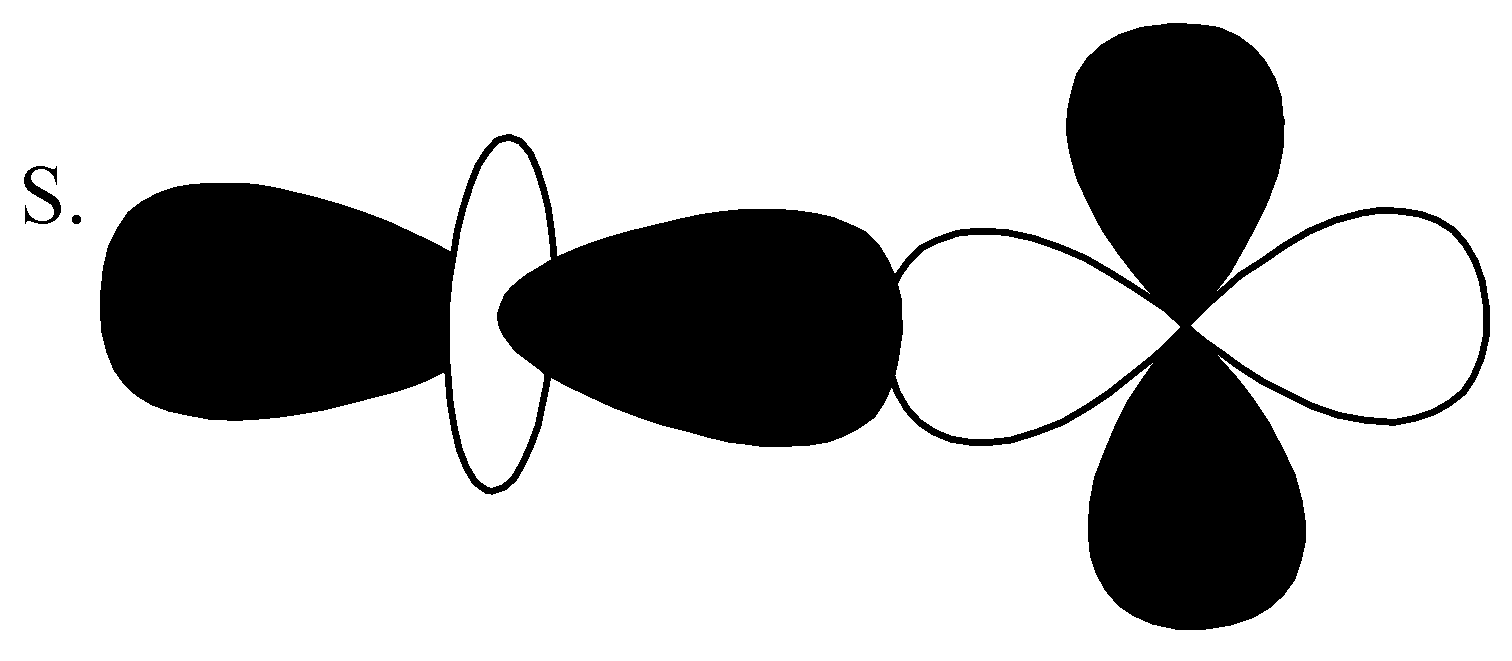 ,
,
From the above orbitals diagram, these two orbitals are
Thus, the correct option is C.
So, the correct answer is Option C.
Note: We have to remember that the
Complete step by step answer:
We have to remember that when the orbital overlap between the nuclei of two atoms, and also known as the internuclear axis, is known as sigma

From the above information and the orbitals diagram, let us see the correct options one by one,
P.

This overlap is head-to-head overlapping, so this is a sigma bond.
So, option

This pi bond and this is formed by sideways overlap of atomic orbitals, the formed pi bond axes are parallel to each other and the overlapping is perpendicular to the internuclear axis. So, this is

This contains p, d orbitals and this is antibonding orbitals. So, the correct option for

From the above orbitals diagram, these two orbitals are
Thus, the correct option is C.
| List-I | List-II |
P. 
| |
Q. 
| |
R. 
| |
S.
|
So, the correct answer is Option C.
Note: We have to remember that the
Recently Updated Pages
Master Class 11 Economics: Engaging Questions & Answers for Success

Master Class 11 Business Studies: Engaging Questions & Answers for Success

Master Class 11 Accountancy: Engaging Questions & Answers for Success

Master Class 11 English: Engaging Questions & Answers for Success

Master Class 11 Computer Science: Engaging Questions & Answers for Success

Master Class 11 Maths: Engaging Questions & Answers for Success

Trending doubts
State and prove Bernoullis theorem class 11 physics CBSE

1 ton equals to A 100 kg B 1000 kg C 10 kg D 10000 class 11 physics CBSE

State the laws of reflection of light

One Metric ton is equal to kg A 10000 B 1000 C 100 class 11 physics CBSE

1 Quintal is equal to a 110 kg b 10 kg c 100kg d 1000 class 11 physics CBSE

Difference Between Prokaryotic Cells and Eukaryotic Cells




